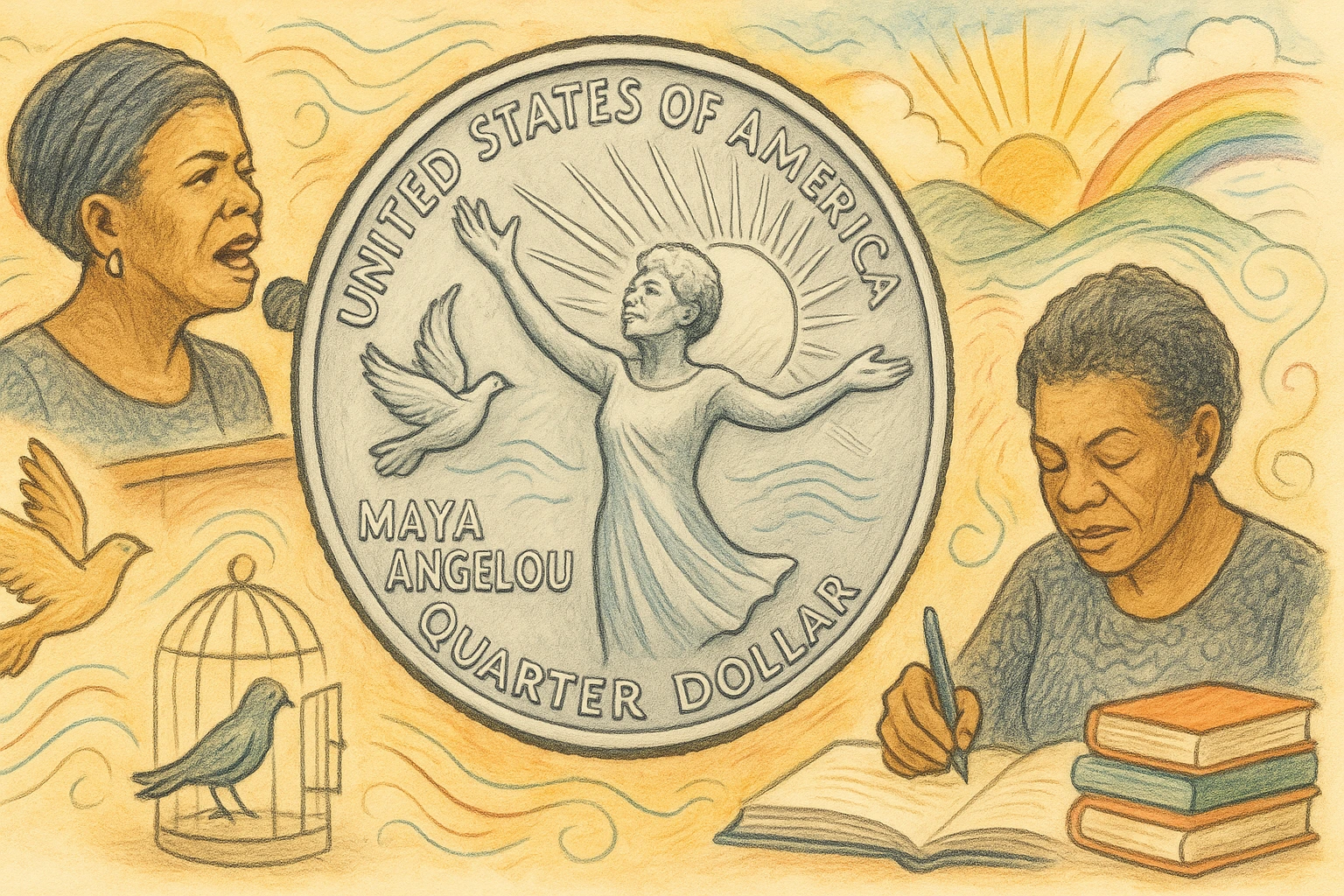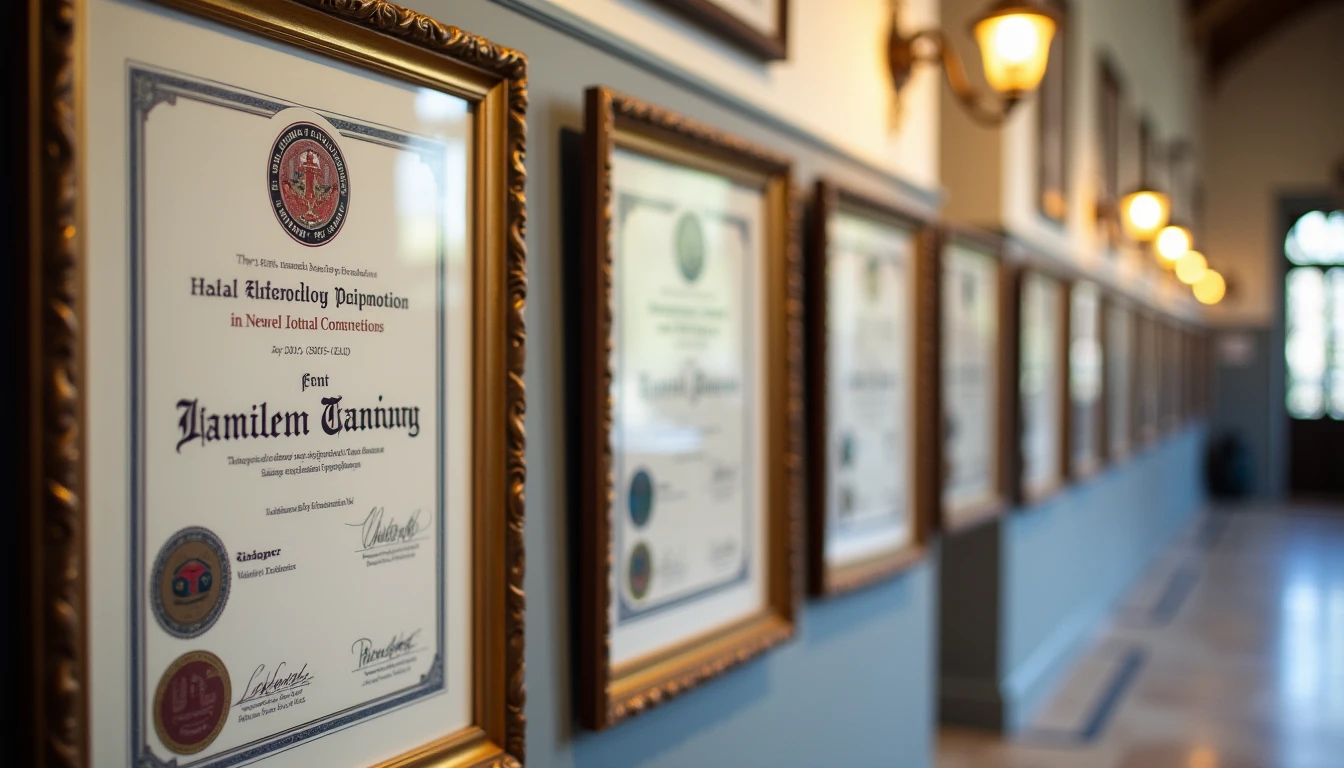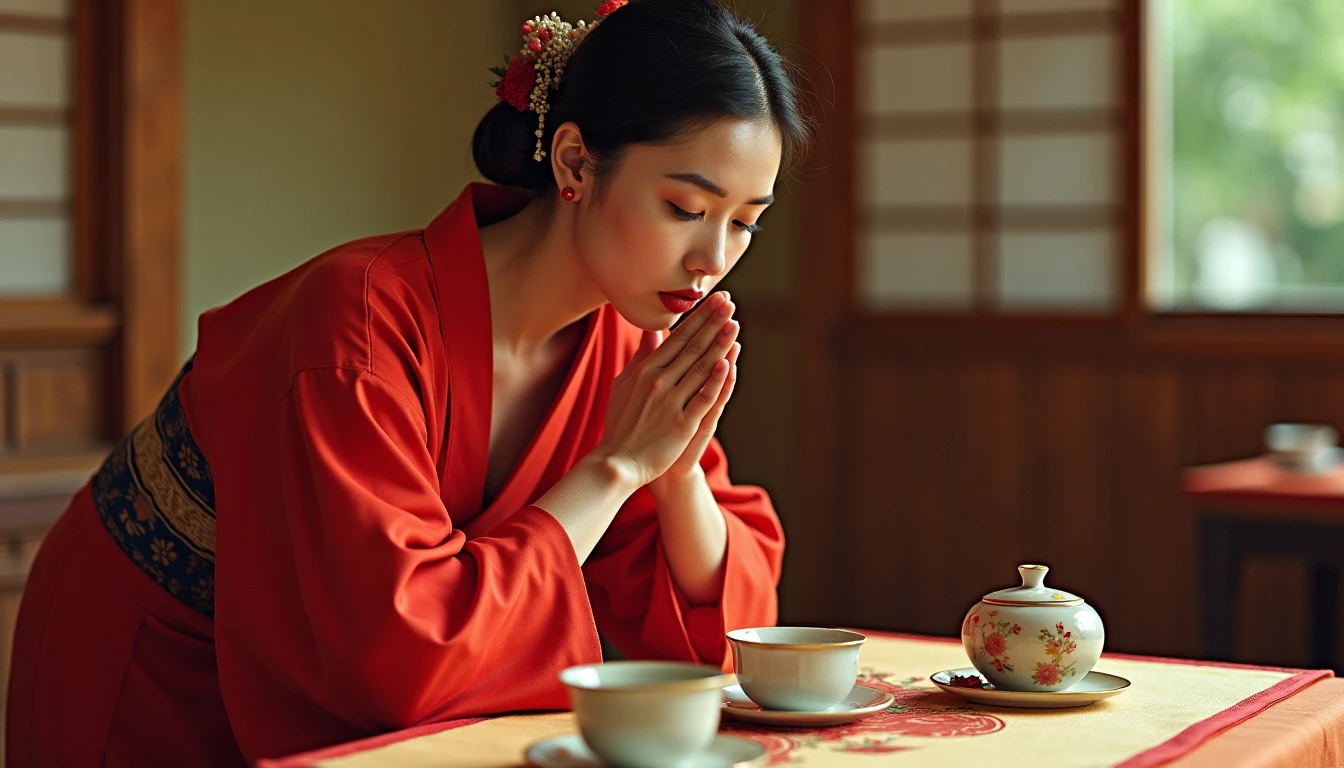Love, like platinum coins, is rare, valuable and requires serious investment. Especially when it comes to a wedding, and not a simple one but an Asian one. In countries like China, India, South Korea and Vietnam, a wedding is more than just a beautiful celebration, it is a real economic marathon, where the costs can rival the price of real estate. Everything matters here: the status of the family, the number of invitees, the gold in the gifts and even the presence of traditional coins as a symbol of generational continuity.
Such celebrations are often the cause of debt, family conflicts and tough negotiations between relatives. But it is in the wedding economy that the roots of cultural traditions are best seen – how ancient rituals are intertwined with modern realities. Why do newlyweds in Korea receive money in white envelopes, Indian brides wear kilograms of gold, and in Vietnam still give coins with the image of animals?
Let’s talk in detail about traditions, cultures, find out how weddings look like in four Asian countries, how much it costs, what gifts are considered mandatory and how not to go broke on them, while maintaining respect for tradition.
China: A Wedding as the Ultimate Transaction
In China, weddings are less about two people and more about two families coming together – with spreadsheets, symbolism, and serious spending. Marriage here is often seen as an investment not just in love, but in social capital, family legacy, and future prosperity.
The average wedding in urban China now costs between $20,000 – $40,000, and that is not even counting the hidden layers of tradition. One of the most significant and financially draining is caili (彩礼), the bride price. This is money or goods given by the groom’s family to the bride’s, and it can range anywhere from $5,000 to $50,000, depending on the region and social expectations.
Here is what typically makes up the cost:
- Bride price (caili): A major financial gesture to show respect and capability
- Luxury gifts: Designer handbags, gold bracelets, smartphones, or watches
- Banquets: Often held in five-star hotels for hundreds of guests
- Symbolic coins or heirlooms: Passed from generation to generation, often used during rituals
- Home setup: In many cases, the groom’s family is also expected to provide a house or apartment
It is common in traditional households to include antique coins featuring dragons or dynasty seals, believed to bring luck and ward off evil. These coins are sometimes sewn into the lining of the bride’s dress – a beautiful detail rooted in ancient folklore.
Tip: If you are planning or attending a wedding in China, gifting a meaningful coin can be powerful – just make sure it is real. Use Coin ID Scanner to verify antique pieces and avoid fakes often sold in wedding markets.
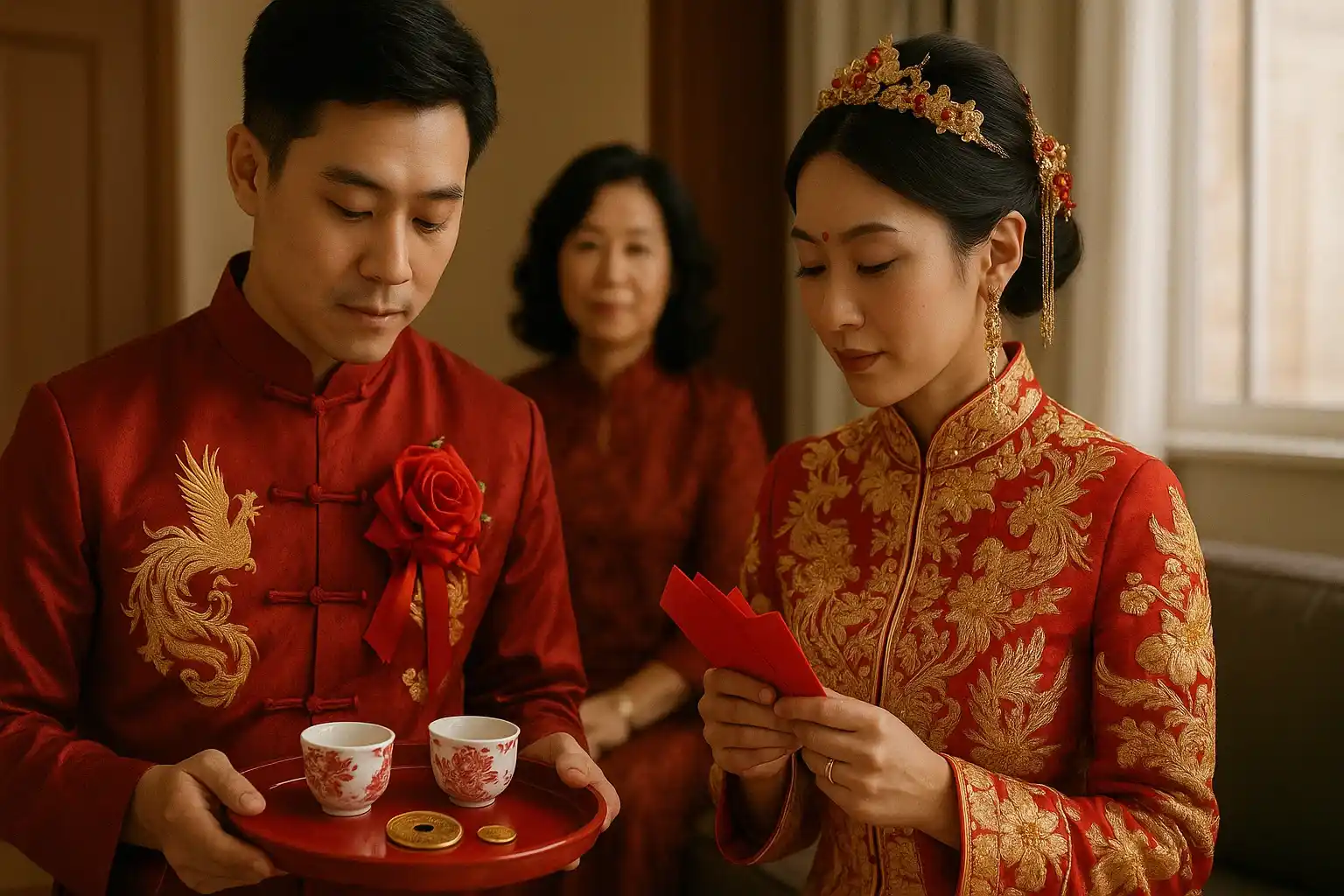
IIndia: A Golden Cage with Deep Traditions
In India, weddings are famously colorful, with multi day events filled with color, music, and family drama. But under the sparkle of marigolds and the rhythm of dhol drums lies a heavy economic burden – especially for the bride’s family.
While the dowry system has been legally restricted in India, it’s far from gone. In practice, gifts and money are still exchanged – often under social pressure. Dowry expectations vary greatly by region, caste, and community, but in many cases, they can reach the equivalent of 20% to 40% of the family’s annual income.
Gold plays a central role. Indian brides often wear between 2 to 5 kilograms of gold jewelry on their wedding day. These aren’t just decorations – they are also a public display of wealth, status, and future security. Families often save for decades to afford the gold required for a daughter’s wedding.
In fact, gold coins are sometimes used in elite weddings (particularly in states like Kerala or Gujarat), where families gift them as a prestigious ceremonial offering. Platinum, being rare and valuable, is seen as a symbol of lasting wealth and family legacy.
| Wedding tradition | Cost / Value | Significance |
| Gold jewelry | 2-5 kilograms (approx.) | Public display of wealth and security for the bride. |
| Platinum coins | Varies by region | Symbolize timeless wealth and are often gifted at elite weddings. |
| Dowry expectations | 20-40% of family’s income | Varies by region, caste, and community; a traditional but controversial practice. |
In India, a wedding is not just a celebration, it’s a statement. And often that statement comes with a price tag that will last a lifetime. The bride’s family must demonstrate not only their wealth, but also their ability to uphold the traditions of many generations, often at great financial cost.
South Korea: Prestige Through Presents and Precision
In South Korea, a wedding is like a carefully choreographed showcase of family prestige. While the ceremony itself might last less than half an hour, the cultural importance behind each detail runs deep. The cost? Often over $10,000 in gifts alone. Here is what drives it:
- Yedan (예단) – luxurious offerings from the bride’s family, traditionally silk and jewelry, now often including designer handbags or envelopes of cash.
- Honsu (혼수) – the bride’s contribution to the household, ranging from home appliances to a furnished apartment.
- White envelopes from guests – the main form of wedding gifting, which must align with the giver’s status and closeness.
- Retro weddings – a modern revival of Joseon-era traditions, with hanbok rentals, historical venues, and antique props.
What makes Korean weddings unique is the balance of formality and flair. It’s not uncommon to see couples managing wedding budgets through apps that track spending, evaluate the value of gifts, or even calculate return-on-investment for ceremonial items. In this landscape, tech doesn’t replace tradition – it reinforces it. And in families where image and reputation are paramount, that precision matters.
Vietnam: Ritual Meets Reality in Multi Day Celebrations
Vietnamese weddings are heartwarming marathons that combine ancestor honoring, communal celebration and symbolic exchange. A typical wedding lasts two or more days and can cost up to $7,000, a significant sum in both rural and urban areas. Major components include:
- Engagement ceremony (Lễ ăn hỏi) – where the groom’s family presents gifts like wine, tea, fruits, and money in lacquered boxes.
- Wedding day (Lễ cưới) – filled with rituals, outfit changes, and ceremonial visits to family homes.
- Symbolic gifts – coins with animals such as turtles (longevity) or tigers (strength), gifted for protection and good fortune.
What distinguishes Vietnamese weddings is their deep spiritual layering. Even in noisy cities, traditions like offering tea to elders or burning incense for ancestors remain unchanged. At the same time, modern couples increasingly opt for simplified ceremonies – not to escape tradition, but to reinterpret it in line with their means. For example, modern couples can choose symbolic gifts over luxury excess or trim the guest list to close kin. Thus, young Vietnamese are writing their own respectful, and more sustainable, wedding scripts.
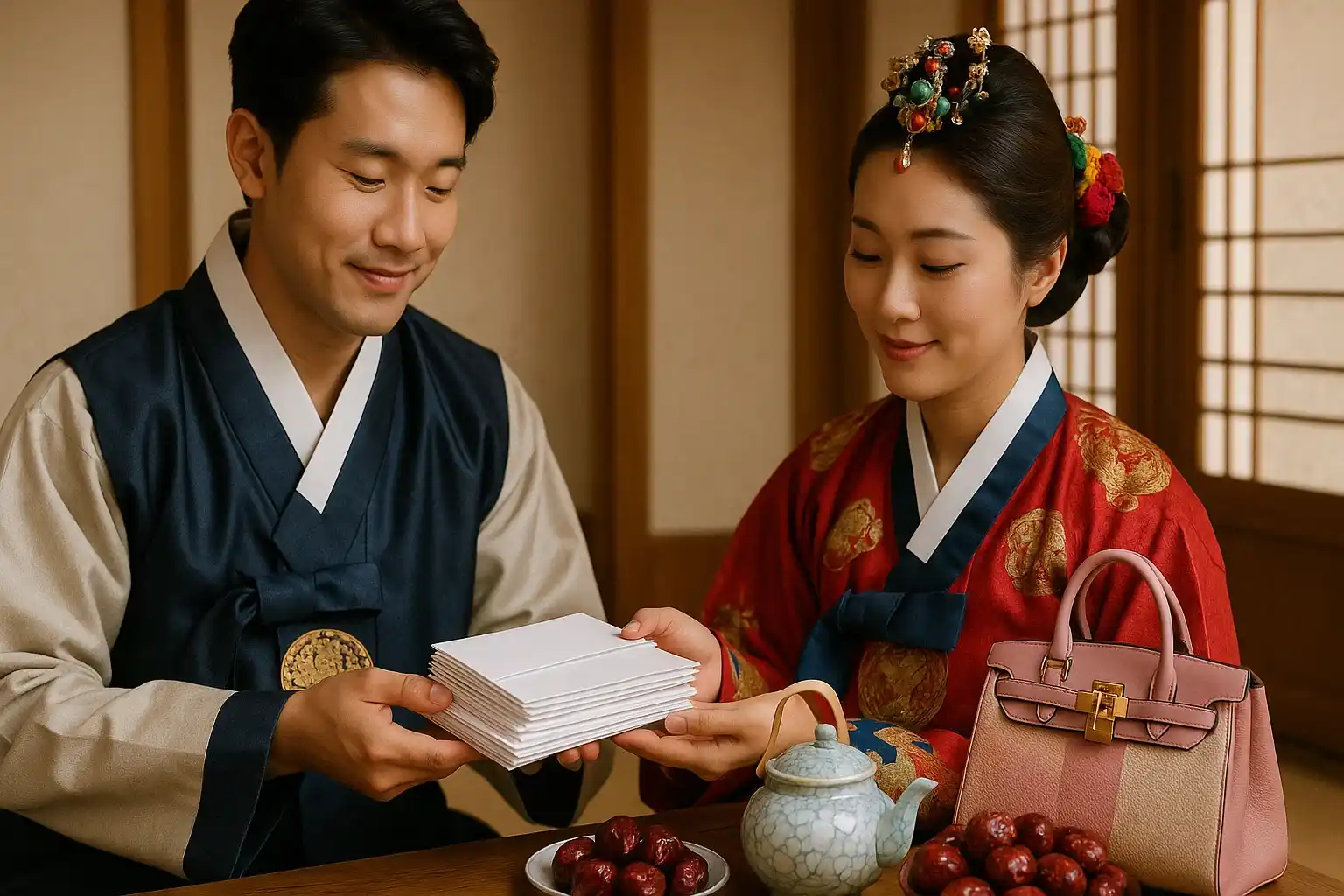
How Not to Go Broke: Smart Wedding Planning Without Losing Cultural Soul
Asian weddings are stunning – and often staggeringly expensive, so families can face serious financial strain. But across the continent, modern couples are learning how to honor tradition without drowning in debt. The pressure to impress – from relatives or social media – can drive costs sky-high and yet some couples are quietly breaking the mold.
In Seoul, Hana and Jisoo chose a hanok courtyard wedding with 40 guests instead of a hotel banquet, saving over $15,000. In Da Nang, a Vietnamese couple condensed their multi-day event into a single, meaningful fusion ceremony at a local eco-restaurant, which is budget-friendly and unforgettable.
Here are a few smart takeaways:
- Talk early with families – agree on a clear, manageable budget.
- Symbolism over scale – a single heirloom or meaningful gift often means more than lavish displays.
- Track expenses – from outfits to invitations, awareness helps control spending.
- Simplify, not sacrifice – focus on one or two meaningful rituals.
And an unexpected fact: some families later sell their wedding coins or jewelry to fund their children’s education – transforming tradition into lasting value. At its heart, a wedding is a celebration of love and legacy – and with intention, it can remain both beautiful and financially sane.
The Final Chord
When the guests have departed, the last petals are picked up off the floor, and the gifts are boxed up – what remains is not the check or the weight of gold, but what is invested in the relationship. In Asia, it is especially clear: a wedding is not the finale, but the first investment in a long life together. And it is best when it is made not for show, but for feeling.
